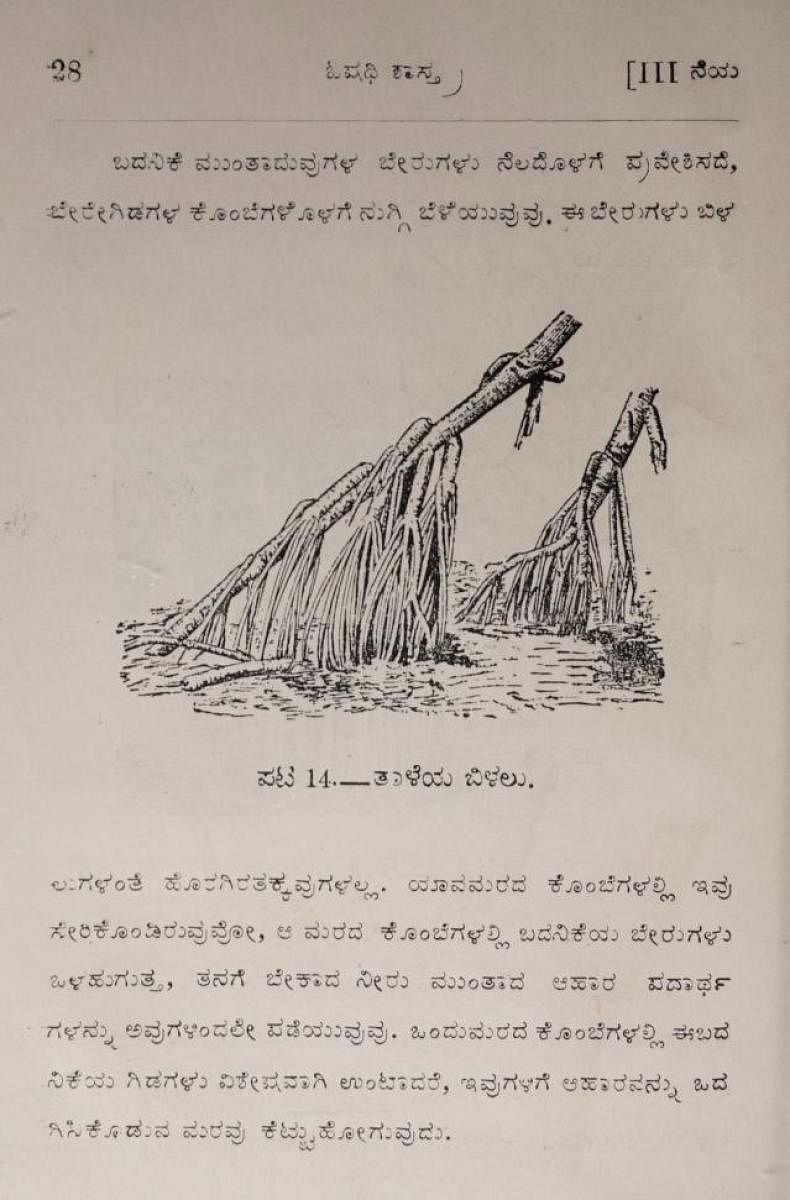

What does it take for a language to thrive? Many Kannada language enthusiasts have searched for an answer, fearing that the distance between the speakers of the language and its art, culture and literature is widening. Faced with the same fear, a few digital archivists in Karnataka are working to close this gap. Access to its art and literature, they believe, is what enables a language to thrive.
The effort to digitise Kannada books is not new. An attempt to archive literature started as early as 2006. With a background in computer science, Omshivaprakash H L was influenced by the free software movement. When he met with some other Kannada bloggers, he realised that there was barely even a record of the great books of Kannada literature. “I was also a Wikipedia editor for some time and whenever I sought to link books to back up how rich Karnataka’s history was, there was nothing,” he said.
However, internet costs were expensive then, and not many had a connection or even devices that would enable them to read works of literature or research. The ‘internet revolution’, however, has changed how people consume content, says Kuntady Nitesh, a co-founder of Ruthumana, a digital platform that hosts ebooks. The number of mobile internet users has grown from 49.97 million in 2014 to 756.88 million in 2021. “Now there is confidence among publishers that ebooks will work and that there is a market for it,” he says.
In 2007, Omshivaprakash’s idea that germinated to digitise Kannada literature reached fruition and Sanchaya was born. After a meeting with Carl Malamud, an American technologist who had been working on archiving work in other languages in 2018, Omshivaprakash started using an indigenous scanner that could scan 2,000 to 3,000 pages.
Under the servants of knowledge initiative, 3,000 Kannada books have been made available on archive.org. All these records are listed under creative commons licensing so that people have the opportunity to access them and use them in research or other creative projects.
“We think that people just do not have the interest to read nowadays but that is an incorrect conclusion. When Kannada literature events and conferences are conducted, many rush to buy books,” says Vasant Shetty, the co-founder of MyLang, an app that allows users to download Kannada e-books and also publish their own ebooks. “The problem is that there are less than 100 book stores that have Kannada titles in the state” he adds, attributing this to the decline in reading culture.
MyLang and Ruthumana have more than 1,000 Kannada titles - both contemporary and classic books, and endeavour to maintain industry standards that enable readers to customise fonts and backgrounds to ease the reading experience. Ruthumana and MyLang have also launched audiobooks that have allowed many speakers and learners to experience Kannada literature for the first time.
Nawaz Riyazullah, a user of these platforms, was initially hesitant to try out audiobooks thinking the experience of reading would be lost. He was surprised to discover that he enjoyed the experience, “an experience that brought the book alive,” he says. In particular, he enjoyed the audiobook versions of Jugari Cross by Poornachandra Tejaswi and Huli Patrike by Anush Shetty.
Riyazullah is thankful that the ebook platforms cover different genres. In the past, it was difficult to scout bookstores that carried the titles that he wanted or those that his friends recommended, “most of my favourite author Poornachandra Tejaswi’s works are available on these platforms. Ebooks are a cost-effective option if you consume literature quickly,” he says, explaining that the apps have promoted a more regular reading habit.
Culture of literature
Apart from providing new avenues for reading Kannada literature, new authors have found their place on the platforms as well. Malathi Bhat did not imagine that she would be able to publish her mother’s books at the click of a button. On MyLang, she has been able to do just that. In fact, she has published two. “The process was very easy once I read the manual,” she said. All she had to do was ensure that the text was in Unicode font, review the manuscript and confirm the manuscript. For her, this is a method of preserving, cherishing and also monetising her mother’s stories.
This way, authors can publish their stories for free and set a price. The books are reviewed by the platforms if they have content that violates the platform’s guidelines. Then, in a day or two, the books are launched on the platforms. Authors are also notified when their book sells and are given a percentage of the money.
Many like Malathi Bhat have taken advantage of the self-publishing tools available on MyLang and Ruthumana. “The aim is to also encourage people who do not have access to publishers to find a platform so they can continue writing,” says Vasant Shetty.
Challenges
While people have been expressing their appreciation for such projects, the process itself is ridden with challenges. Sanchaya, for instance, runs with the help of volunteers and sometimes as Omshivaprakash says, “some of the books were very old, we had to learn how to handle them. What temperature to keep them at and more.”
For Shetty and Nitesh, the challenges came with publishers. “There was a lot of hesitancy in the beginning because publishers thought that ebooks could be downloaded and shared on the internet. Even now, the first thing we do is explain how ebooks work — that they are encrypted and cannot be downloaded off the platform,” says Nitesh.
Despite the many challenges, Omshivaprakash emphasises that digitising literature is the need of the hour. There are so many dialects and forms of the language, digitising this helps keep these great works from being forgotten as these rare books continue to disintegrate.